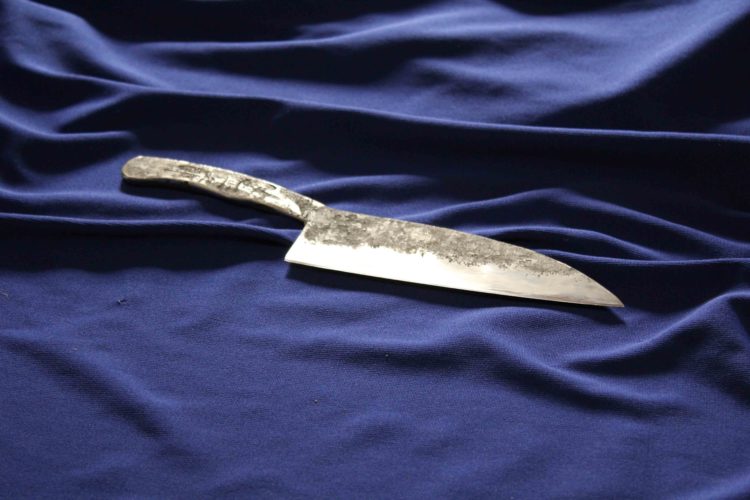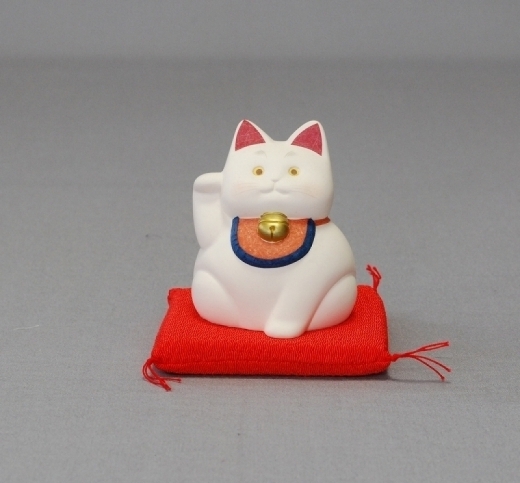About 1400 years ago, “kumihimo” braids were introduced from China. During the samurai era, they were used in armor and helmets, and in hilt wrappers for swords. Edo(Tokyo) became a major production area. After that, it was used for obijime of kimono and haori cord, and the technique of Kumihimo has been passed down to […]
Kimekomi is a technique in which grooves are carved on a doll made from a mold and cloth such as colorful silk fabric is stuck together. Kimekomi dolls developed in Kyoto were introduced to Edo and developed into “Edo kimekomi dolls” in the 18 century. Matsuzaki Ningyo was founded in 1920. Matsuzaki Ningyo […]
History of Silverware in Japan dates back to the 10 century. The technique of making silver ware, which flourished in the Edo period, has been handed down to the present What the craftsmen are obsessed with is the beauty of the work, which is hidden in functionality and practicality, in other words, “beauty of use”. […]
“Edo-Kacchu” is an ornament, when the boy is born, people want him to grow up healthy with “intelligence, virtue, courage” which is ideal of samurai. The beginning is Edo period and it has still continued. “From historical warrior’s Kacchu to original designed one, “Edo-Kacchu” is well designed by succeeded real technique and elaborated […]
Edo Sudare(Rattan blind) are bamboo screens constructed by knitting together strips of bamboo and reed with string. Sudare is a blind made of split bamboo or reeds fastened together with thread. It is hung at open windows to keep out the sun while admitting cool breezes. Sudare are usually made of thin strips of wood, which are laid […]
The Edo Kiriko cut glass technique originated in 1824 in Japan and originally employed a natural rough sand to carve glass. Edo Kiriko is a glass craft that has been handed down in Tokyo. In Edo (present-day Tokyo) in 1824, Kyubei Kagaya started exploring the technique of cutting patterns into the surface of glass. […]





